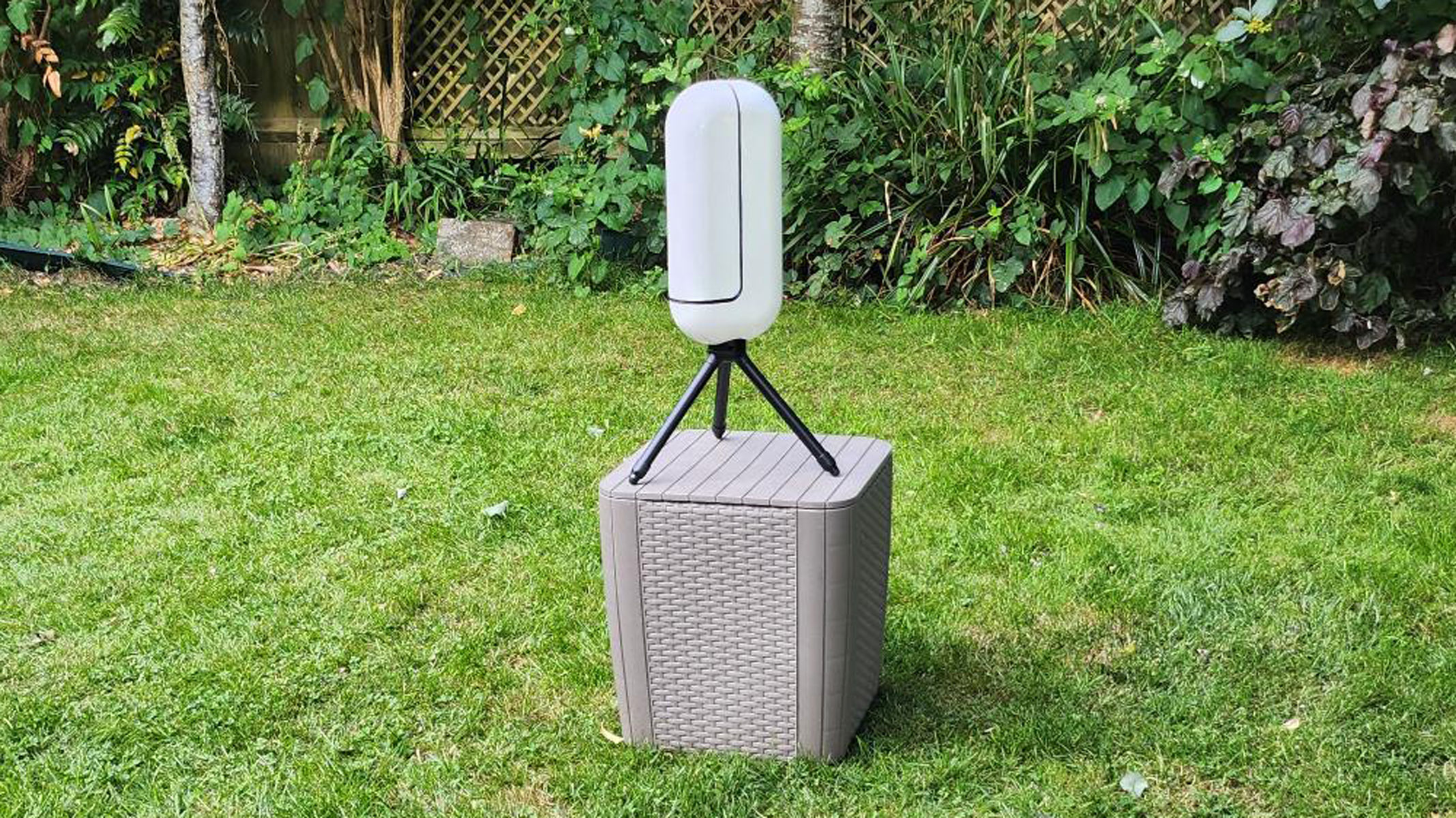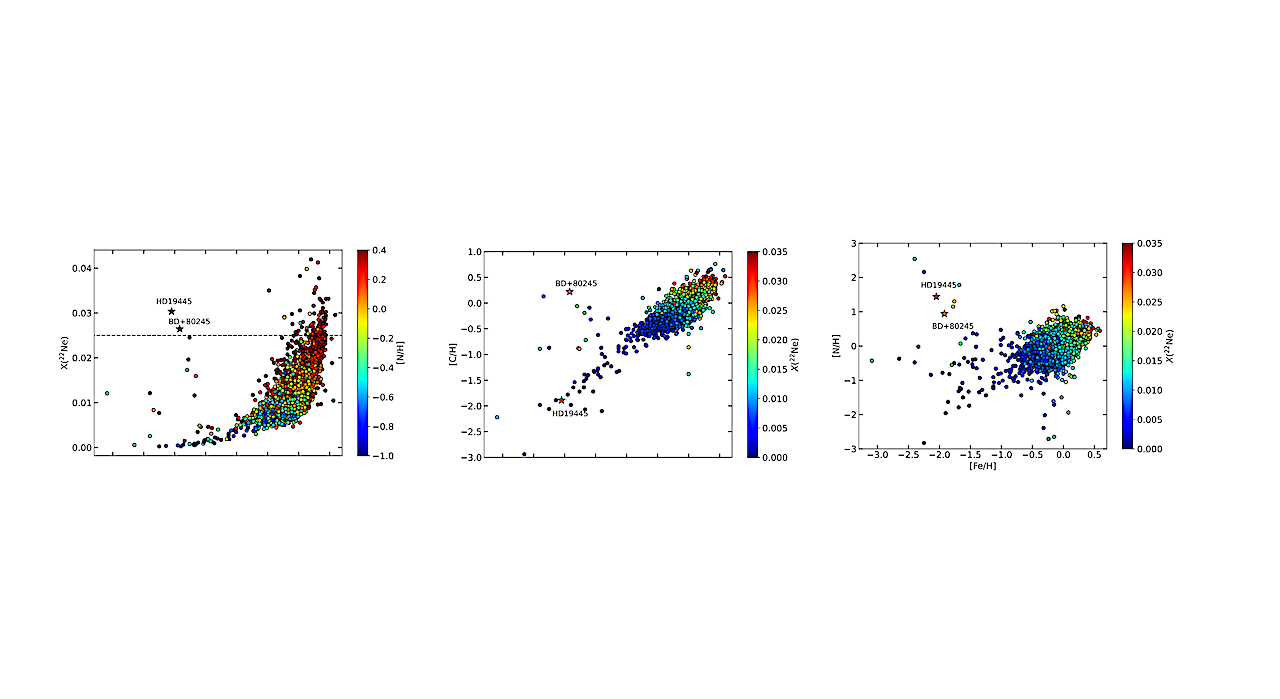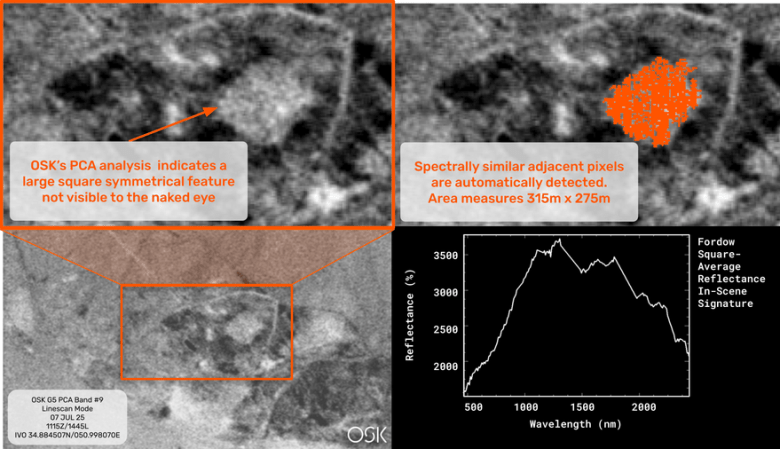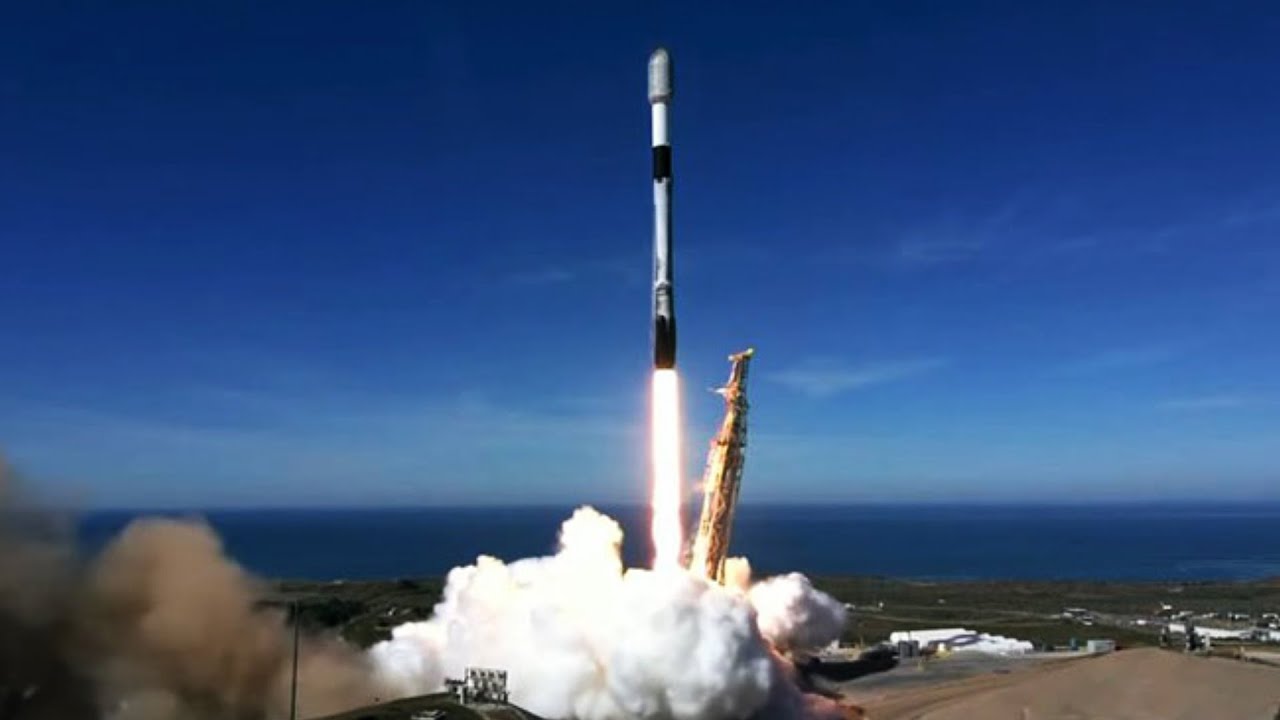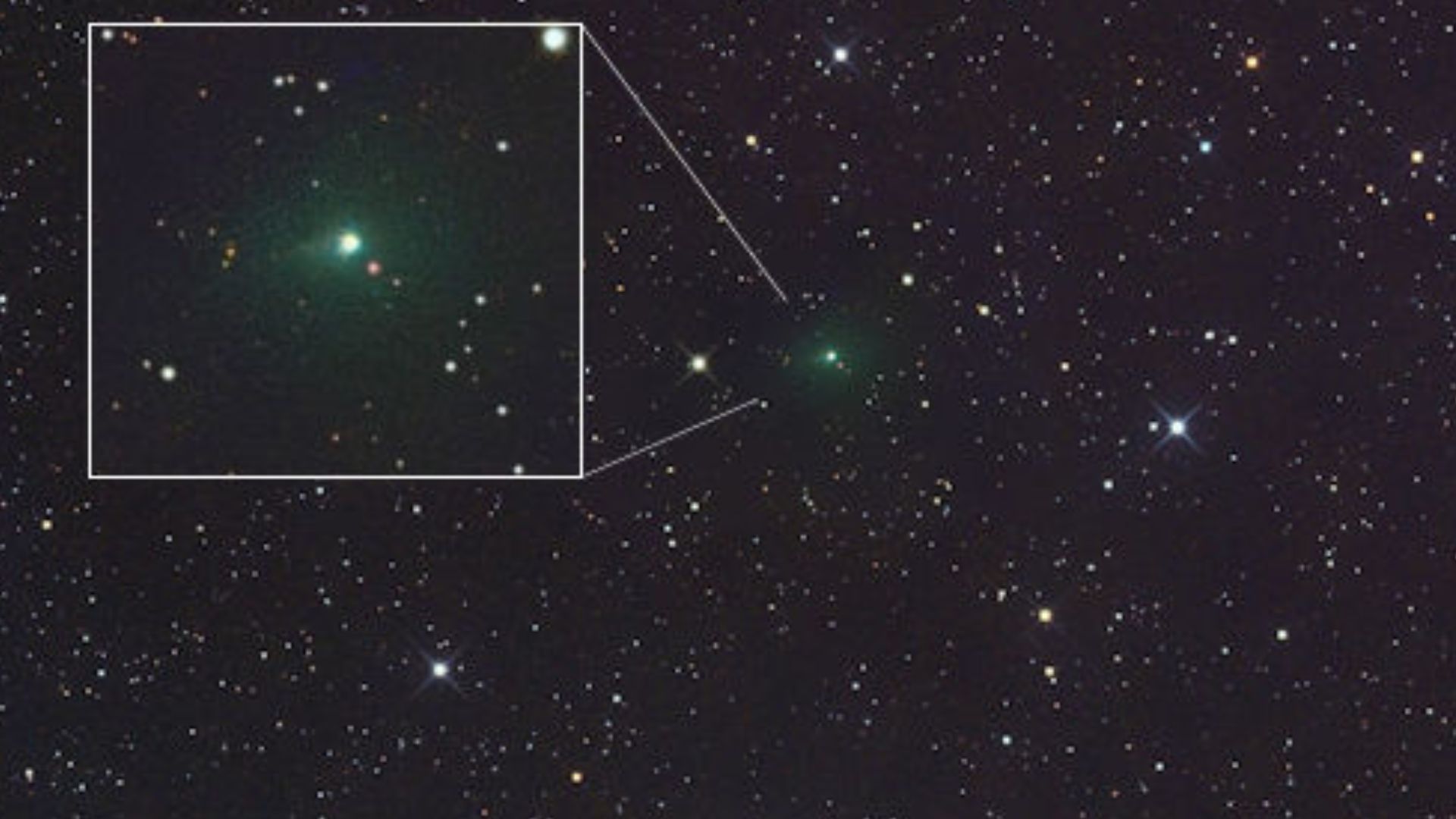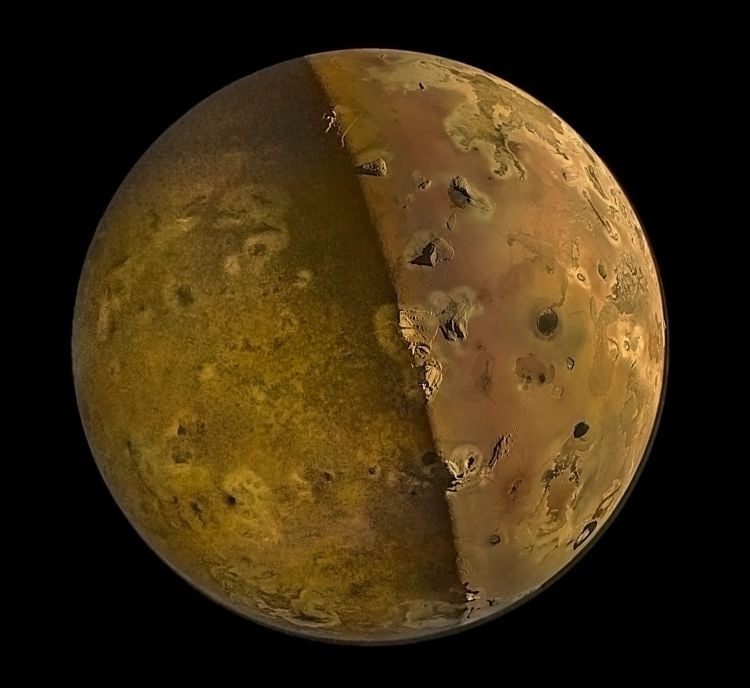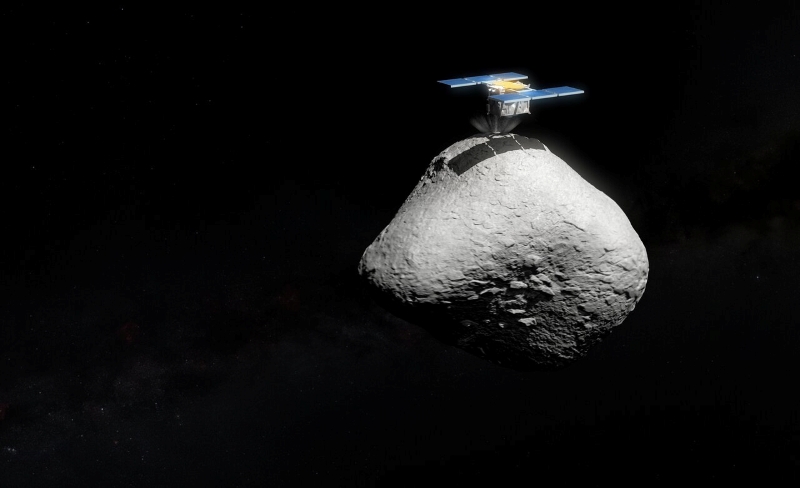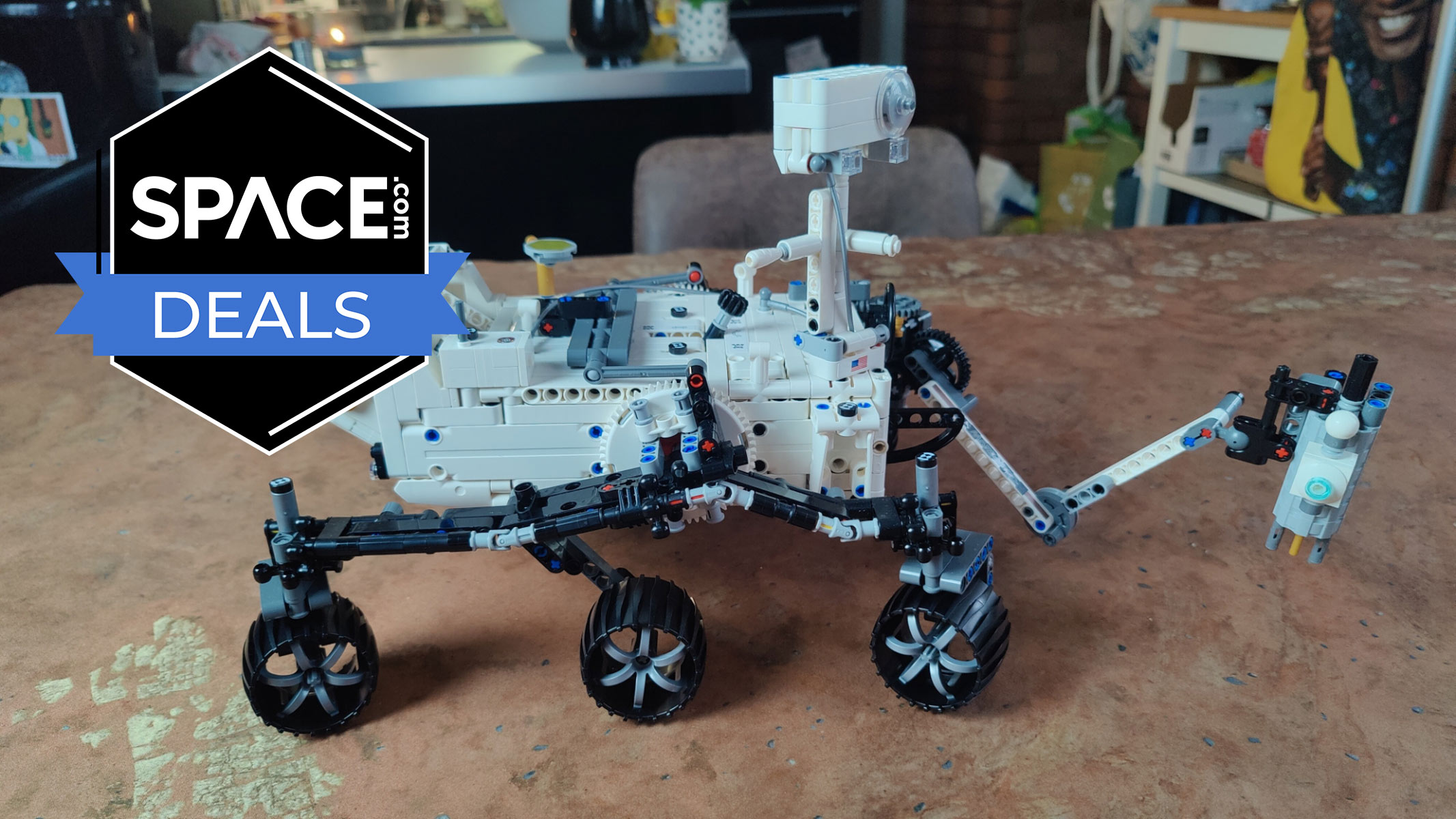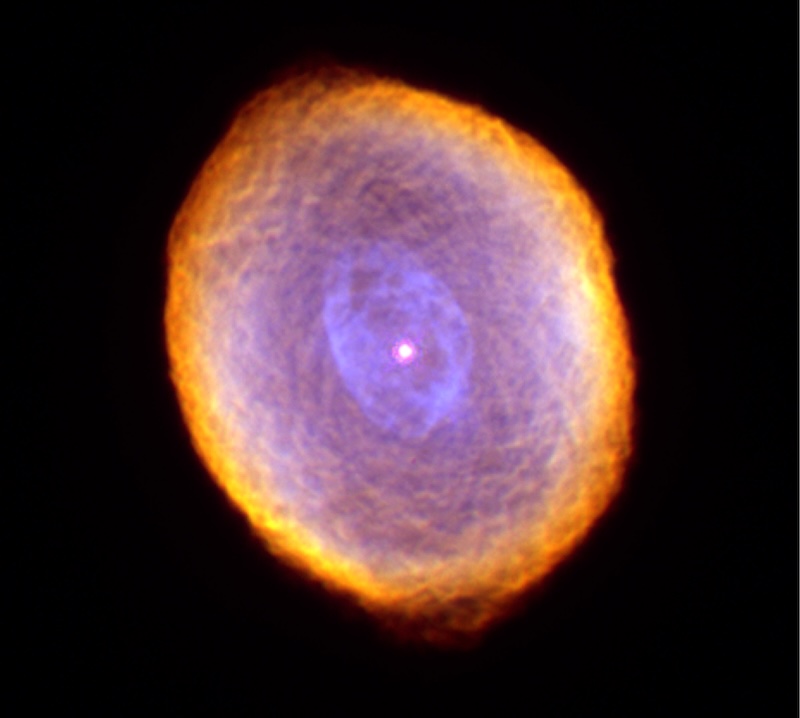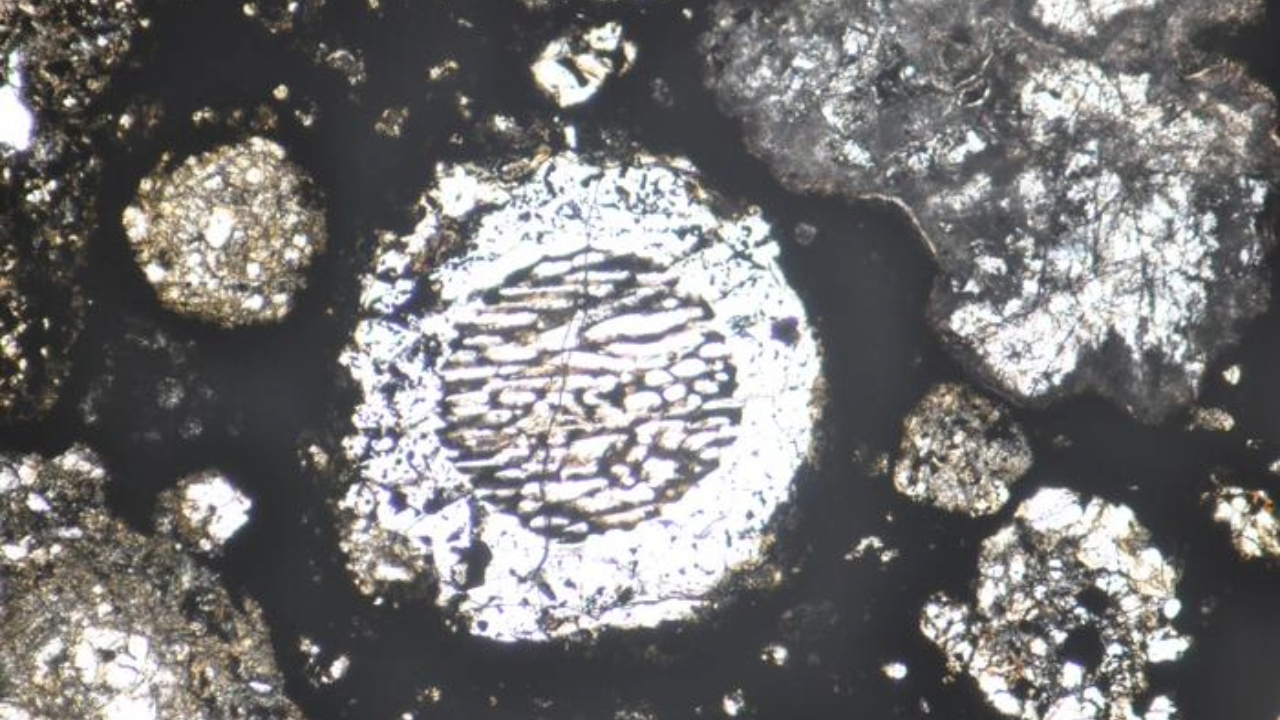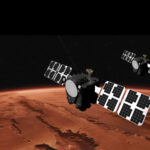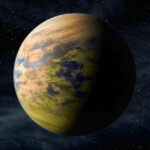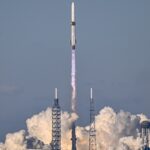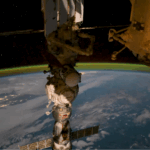Observing and doing astrophotography with a telescope, is an acquired skill that undoubtedly rewards the amateur astronomer, but not everyone has the time, patience or long spells of clear skies
Hot Posts569- Page
LEFT: Predicted 22Ne mass fraction as a function of metallicity for the WD remnants of stars in the Hypatia Catalog (Hinkel et al. 2014). The colors represent for the
SAN FRANCISCO – Orbital Sidekick hyperspectral sensors revealed new information on damage sustained by Iran’s Fordow nuclear fuel enrichment plant after U.S. armed forces bombed the site in June. OSK’s Global
Watch live! SpaceX launches military recon satellite for NATO defense and 7 others – YouTube Watch On SpaceX plans to launch a new Earth-observation satellite along with several smaller spacecraft
On Sept. 7 2025, the skies darkened as Earth’s shadow consumed the moon. Skywatchers in many parts of the world saw the moon turn blood red due to a total
What type of lander could touch down on Jupiter’s volcanic moon, Io? This is what a recent paper presented at the AIAA 2025 Regional Student Conference hopes to address as
Artist’s impression of the Hayabusa2 spacecraft touching down on asteroid 1998 KY26. A new study reveals this asteroid is smaller and spinning much faster than once thought. Image via ESO/
The Lego Technic Mars Rover Perseverance set, which we rate as one of the best Lego space sets on the market, is now 19% off and one of its lowest-ever
This beauty is planetary nebula IC 418, also known as the Spirograph nebula for its intricate patterns. It is over 4,000 light-years away in the constellation Lepus the Hare. IC
In some cases, to learn more about our solar system, all we have to do is look at evidence found on Earth. Researchers from Japan’s Nagoya University and the Italian
-
 012024 in Review: Highlights from NASA in Silicon Valley
012024 in Review: Highlights from NASA in Silicon Valley -
 02Panasonic Leica Summilux DG 15mm f/1.7 ASPH review
02Panasonic Leica Summilux DG 15mm f/1.7 ASPH review -
 03How New NASA, India Earth Satellite NISAR Will See Earth
03How New NASA, India Earth Satellite NISAR Will See Earth -
 04And Thus Begins A New Year For Life On Earth
04And Thus Begins A New Year For Life On Earth -
 05Astronomy Activation Ambassadors: A New Era
05Astronomy Activation Ambassadors: A New Era -
06SpaceX launch surge helps set new global launch record in 2024
-
 07Space Force plans new ‘Futures Command’ amid pressure to speed up modernization
07Space Force plans new ‘Futures Command’ amid pressure to speed up modernization


